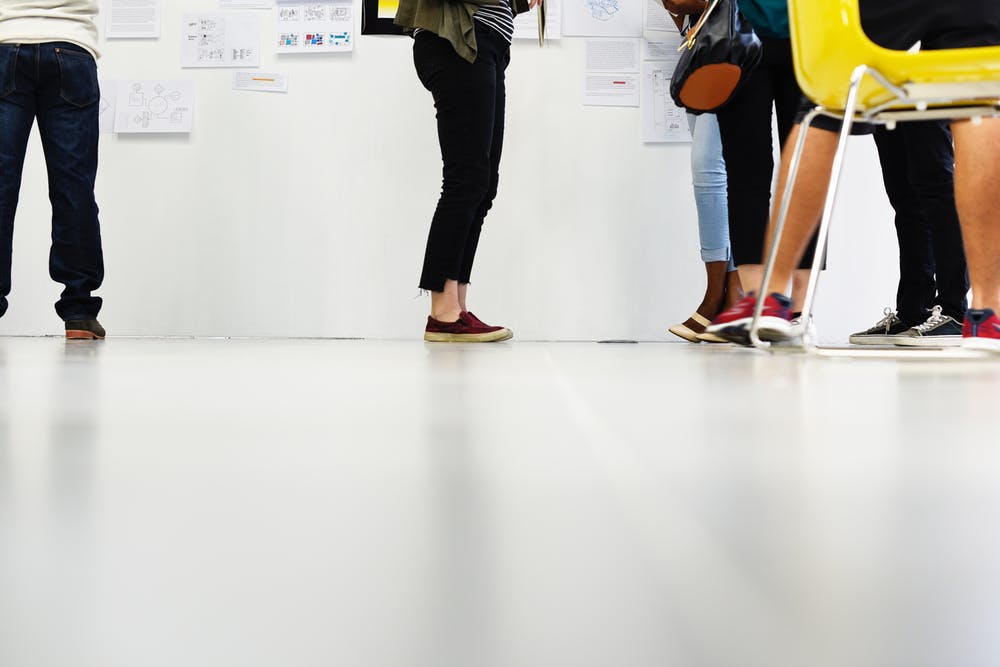5% of the entire population in the world today are physical learners. They are people who can’t sit still during a lecture or presentation till the end.
People who are physical learners can often be spotted shuffling and fidgeting during a lecture or conference because they are simply not actively connected to what they are learning.
In this article, I will show you who a physical learner is, their characteristics, study techniques, and the careers that work well with a physical learner.
Who is a Physical learner?
A kinesthetic learner, commonly known as a “Hands-on-learner” is one who learns best by moving around and feeling objects.
Basically, all children are physical learners in a way, as they learn more about objects by touching or in some cases testing them.
Physical learners make use of their tactile sense and movements as part of their learning process. They have a lot of energy and can mostly engage in one activity or another.
Characteristics of a Physical learner:
A physical learner may possess the following characteristics:
High creativity:
Kinesthetic learners are known to love creating work with their hands. Children who are kinesthetic in nature may be interested in feeling drawings, paintings, or even sculptures, building blocks, and sandcastle.
Prefer body information:
A physical learner will remember and understand something better, when he/she does it actively.
Movement while reading or learning aids the memory while acting out/performing the topic, helps create a better understanding of the topic.
Athletic:
Kinesthetic learners may need a sport-related example or demonstration to help them grasp what is being taught as they are likely to be talented athletes.
Touching objects while learning:
A kinesthetic learner can be found touching or manipulating objects while learning to get a better understanding of a topic. They most times prefer to be directly involved with the material they are learning about.
Experimental:
Kinesthetic learners enjoy taking things apart and reconstructing them to understand the techniques used. They also excel in performing experiments and lab work.
Study Techniques for Physical Learners:
The following study techniques will aid a physical learner;
- They use more of physical objects e.g drawings and flashcards.
- Writing can help them process and retain faster. For instance, writing an answer before saying it.
- They enjoy single or grouped role play.
- Taking regular study breaks helps to keep them active and not bore them off.
- Simulated learning gets them involved.
- Writing and drawing also help them retain.
- Working on staying calm and relaxed helps them focus.
Read this: Intrapersonal learner (Major tips about this learning style)
Careers that work with a Physical Learner:
There are many careers that require one to involve physically and could suit a physical learner perfectly. They include;
In science
- Physical therapy
- Surgery
- Nursing
- Occupational therapy
- Lab attendant, etc.
In arts
- Dancing
- Craft
- Artiste
- Actor
- Artist
- Designer, etc.
In sports
- Aerobics instructor
- Athlete
- Physical education teacher
- Athletic coach
- Personal trainer
In trades
- Mechanic
- Woodworking
- Carpentry,etc.
Other careers include;
- Police officer
- Forest ranger
- Firefighter
- Military personnel, etc.
Read this: Social learner (Major tips about this learning style)
Physical Learner
Conclusion:
Physical learners are very energetic and would respond/perform best in an active field. However, these Kinesthetic learners learn more by demonstration and practice, which is what makes them similar to social learners.
Read this: How to be a Good Student (Amazing tips from Experts)
Thanks for reading this article.
Awesome one, I hope this article answered your question.




